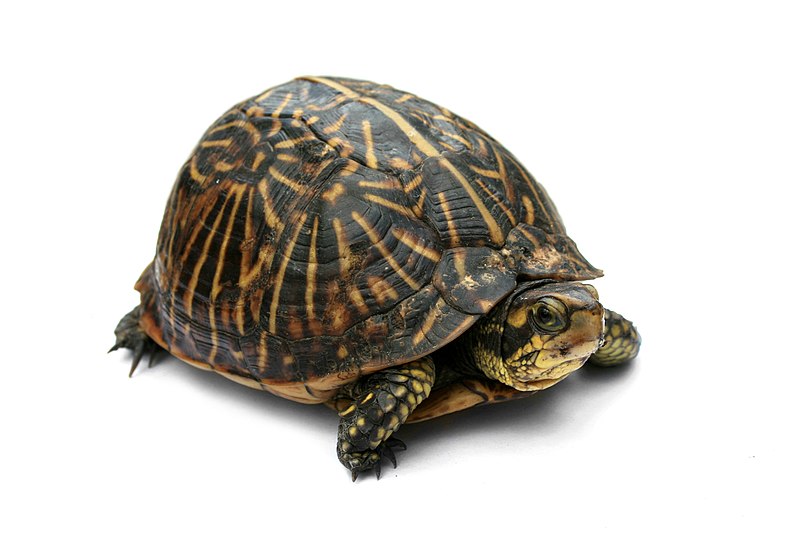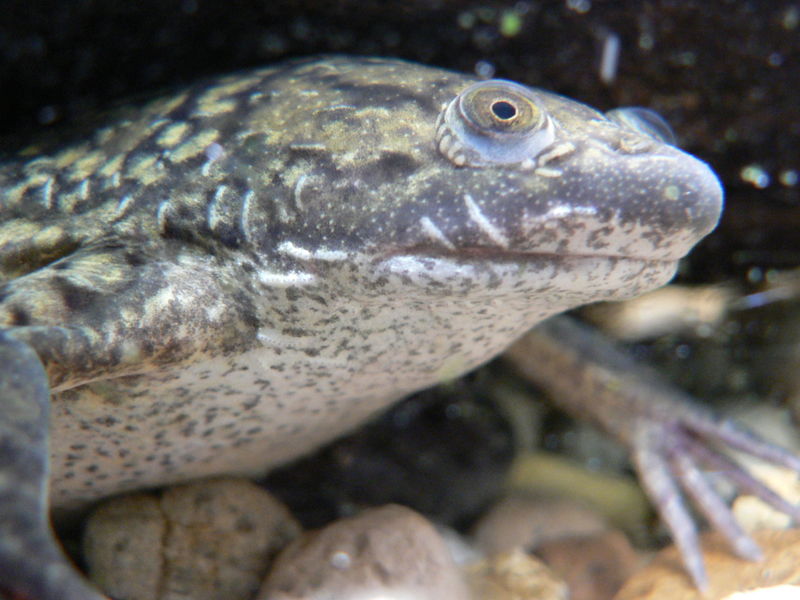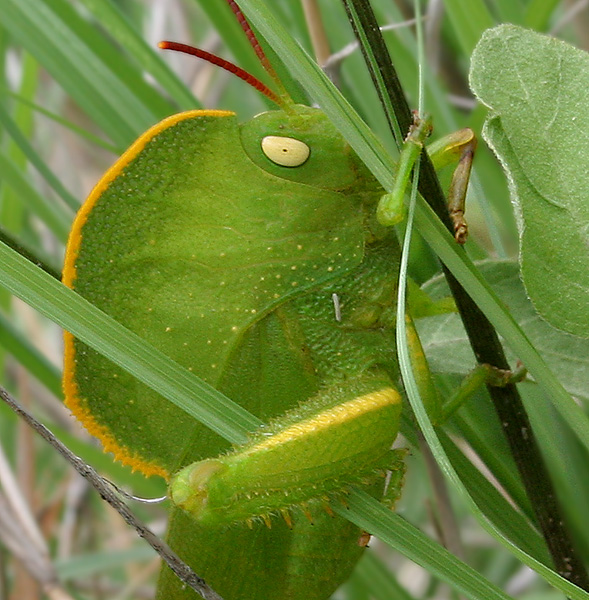 For a snake enthusiast such as I, not much can top the thrill of working with Green Anacondas (Eunectes murinus), in the wild and breeding them in captivity. I consider myself very fortunate, and realize that the childhood dream I was able to live is not available to most people. So I’m somewhat torn when asked to comment on Anacondas in private collections. Capable of killing an adult, and far too large to be accommodated in most homes, they are obviously not suitable choices for most people. However, Anacondas do appear in the trade, and have been successfully kept and bred. For those with the required space, training and finances, they are, I know, hard to resist. Today I’ll cover the key points to consider before making a decision on these fascinating, but dangerous, behemoths.
For a snake enthusiast such as I, not much can top the thrill of working with Green Anacondas (Eunectes murinus), in the wild and breeding them in captivity. I consider myself very fortunate, and realize that the childhood dream I was able to live is not available to most people. So I’m somewhat torn when asked to comment on Anacondas in private collections. Capable of killing an adult, and far too large to be accommodated in most homes, they are obviously not suitable choices for most people. However, Anacondas do appear in the trade, and have been successfully kept and bred. For those with the required space, training and finances, they are, I know, hard to resist. Today I’ll cover the key points to consider before making a decision on these fascinating, but dangerous, behemoths.
If you really are set on owning a large, usually aggressive aquatic snake, you might consider the Yellow Anaconda, Eunectes notaeus. It is not an animal to be taken lightly, but makes a more reasonable pet than the Green Anaconda. Actually, I suggest “cutting your teeth” on an adult Florida Green Watersnake, Nerodia floridana. Reaching nearly 6 feet in length, this often vile-tempered beast is a handful, and may change your mind about its larger cousins! Read More »
 That Reptile Blog – Reptile, Amphibian and Exotic Pet Care and Information
That Reptile Blog – Reptile, Amphibian and Exotic Pet Care and Information



